How to Make Raw Milk Artisanal Soaps
We’re all about self-sufficiency on our homestead, always looking for new ways to reduce our dependency on commercial products. Raw milk from our Jersey milk cows is one of the many ways we achieve this goal.
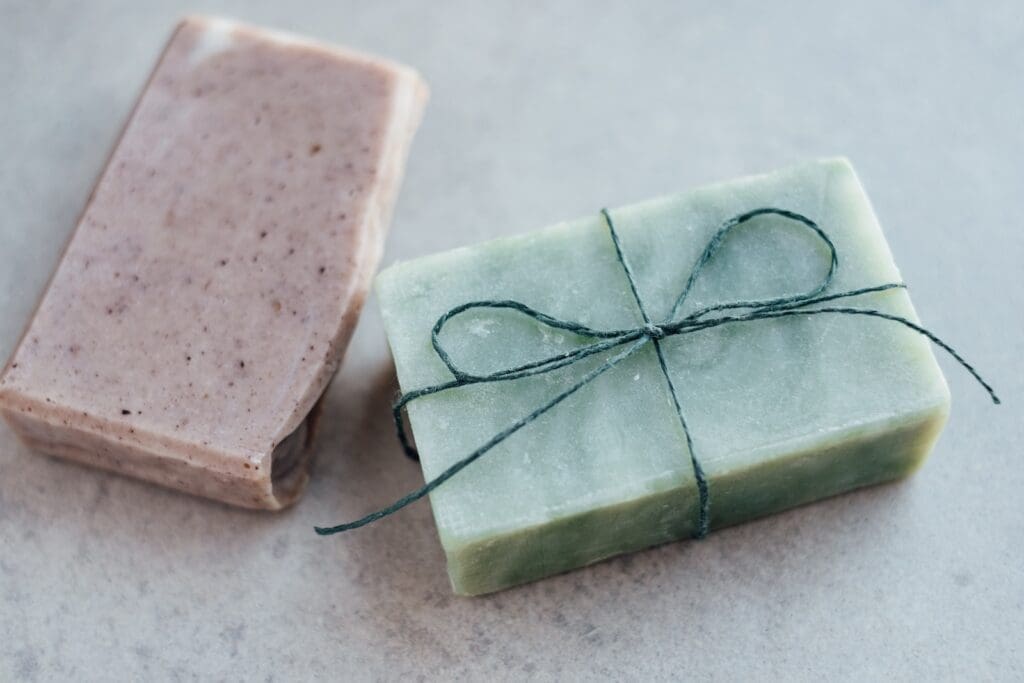
Did you know you can do more with raw milk than drink it or turn it into other tasty foods like cheese and yogurt? With a little bit of creativity and a good recipe, you can turn it into lavish artisanal soaps.
All the same benefits you enjoy by consuming raw milk apply to bathing with it. If you’re ready to give it a try, you’ve come to the right place. In this blog, we explore some of the most common questions about making raw milk artisanal soap, including:
- Why use raw milk in artisanal soap?
- How do you harvest raw milk for artisanal soap?
- What equipment do you need to make artisanal soap?
- How do you make raw milk artisanal soap?
- How do you store artisanal soap?
Why use raw milk in artisanal soap?
You already know raw milk has amazing health benefits when you consume it. It’s packed with essential nutrients and vitamins that support a strong immune system and a healthy gut microbiome1.
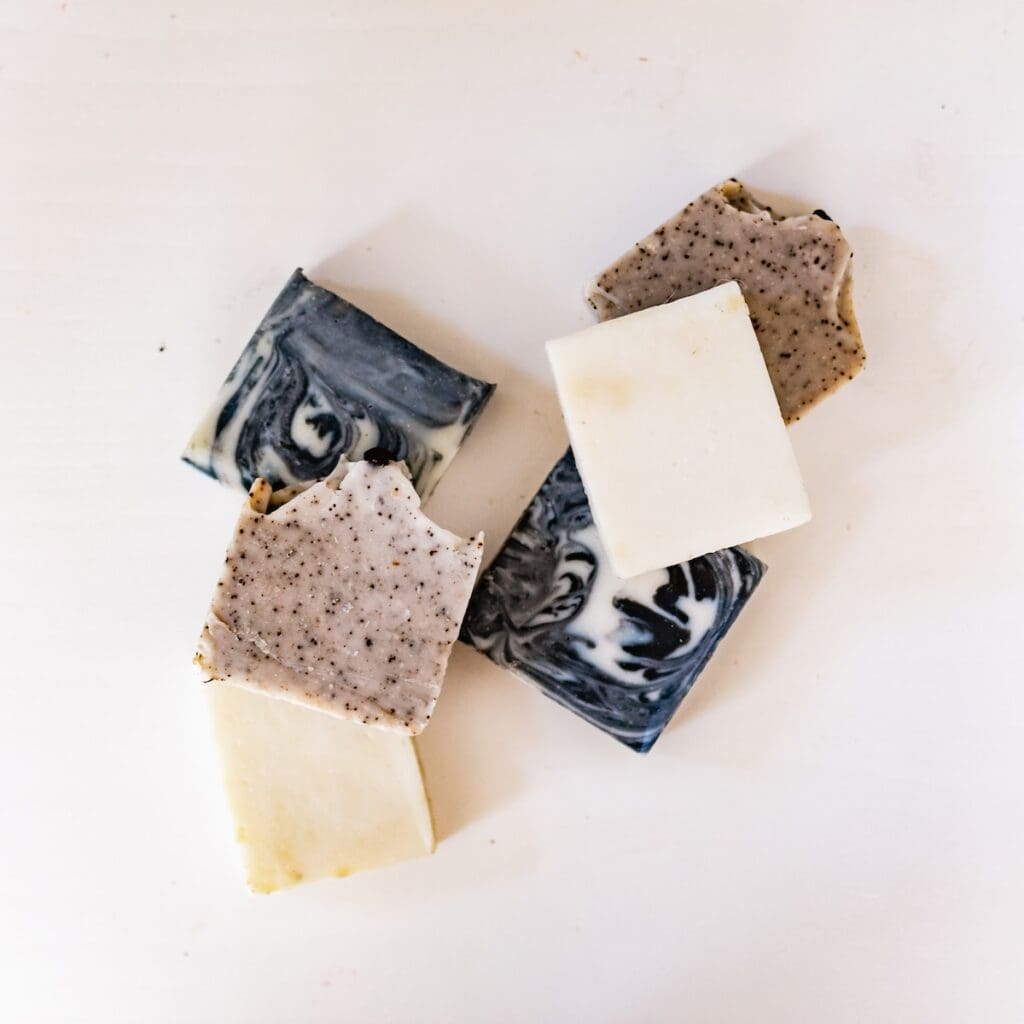
Turning it into a soap extends some of those same advantages your gut and immune system enjoy to your skin. Some of the other reasons why raw milk makes great artisanal soap include:
- Alpha-Hydroxy Acids (AHAs). Raw milk contains natural AHAs such as lactic acid, which gently exfoliate the skin to remove dead skin cells to reveal smoother and brighter skin.
- Anti-inflammatory properties. Irritated or inflamed skin loves the anti-inflammatory properties of artisanal soap made from raw milk. It’s especially beneficial if you suffer from eczema or dermatitis.
- Artistic flexibility. Artisanal soap is as much about the ingredients as the design. Raw milk lets you experiment with various formulas to create unique colors, scents, and textures.
- Gentle cleansing. Sensitive and dry skin loves raw milk soap because it cleanses without stripping away the natural oils to prevent further drying.
- Sustainability. Using raw milk from local and ethical sources aligns with a commitment to sustainable living.
- Unique aroma. Raw milk has a unique, subtle scent that transfers to the soap, providing an appealing fragrance without the need for synthetic additives that can cause skin irritation.
How do you harvest raw milk for artisanal soap?
Harvesting raw milk for artisanal soap isn’t much different than how you collect it for consumption. You must pay close attention to hygiene and milk quality to get the most benefit from turning it into soap.
The most important part of the process is finding a reliable source of fresh, raw milk. We are fortunate enough to have Jersey milk cows on our homestead, so we have access to a steady supply for any purpose.
If you don’t raise dairy cattle, check with local organic dairy farmers2 and even other homesteaders about tapping into their supply.
Whether you’re using your own raw milk supply or buying from someone else, proper sanitation during collection is important. You can follow our 6-step guide for a smoother milking experience for your raw milk or verify that the source of your raw milk is using similar techniques.
Store your raw milk in clean, sanitized containers. We recommend using it soon after harvesting for soap-making for the best results.
What equipment do you need to make artisanal soap?
While it’s not difficult to make artisanal soap with raw milk, you’ll need more than a few pieces of equipment and ingredients to pull it off.
Here’s a comprehensive list of everything you need to get started.
- Safety gear
Making raw milk artisanal soap can get messy. You’ll want to protect your skin and eyes from exposure to lye3, which is a key ingredient of homemade soap. You can’t make soap without lye since it’s the ingredient that binds the oils, raw milk, and water together.
Invest in a good pair of chemical-resistant rubber gloves and some safety goggles to protect against lye exposure in these sensitive areas. - Measuring tools
Unlike with some homemade recipes, you can’t toss in a pinch of this and a handful of that when making raw milk artisanal soaps. You must be exact in the types and amounts of ingredients used if you want a viable product. Measuring cups and spoons, plus a digital scale, are the bare minimum you’ll need. - Mixing and heating equipment
Buy a stainless steel or heat-resistant plastic bowl for mixing your artisanal soap ingredients. You’ll also need a stainless steel or ceramic pot for heating oils and combining them with lye solution.
A stick blender helps emulsify the oils and lye solution to produce the soap’s trace. Don’t forget a thermometer, which ensures your ingredients are heated to the ideal temperature. - Soap molds and other equipment
Soap molds made from silicone or wood are best for artisanal soap making. Both materials can easily handle the heat of freshly poured raw milk soap solution without contaminating it.
pH testing equipment also is required to check the pH level of raw milk and adjust the lye quantity accordingly for the best results.
- Soap additives
While not necessary, some people like to add essential oils or other fragrances to their raw milk artisanal soaps. Likewise, you might prefer to add natural colorants and even additives like oatmeal and seeds for texture or exfoliation purposes. - Curing and storage supplies
You’ll want to line your mold with parchment paper for easy release of finished soaps. Racks that allow for air circulation during the curing process and labels to mark and identify your soap batches also come in handy.
How do you make raw milk artisanal soap?
There are countless recipes out there for making raw milk artisanal soap. The one you choose depends on your preferences.
Here’s a foolproof recipe even homemade soap novices can follow with ease.
Ingredients Needed
- 9 ounces of raw milk
- 4.3 ounces of lye
- 22 ounces of olive oil
- 8 ounces of coconut oil
- 1 ounce of castor oil
- 1-1/2 tsp of sodium lactate (optional for hardening the soap)
Step-by-Step Instructions
- Step 1 – Freeze your raw milk in ice cube trays or put it in bags in the freezer until slushy to protect the milk sugars from scorching.
- Step 2 – Add the lye to the slushy milk and start the thawing process. Never rush this step. The goal is to melt the lye evenly in the raw milk. The milk might turn a bright yellow and develop an unpleasant smell during this step (that’s normal). Once the lye is added, stir the mixture from the bottom.
- Step 3 – Mix all your oils in a separate bowl well. You might need to heat the coconut oil to make it more liquid than solid for this part of the recipe. Be careful not to overheat it.
- Step 4 – Slowly pour the raw milk and lye mixture into the oil mixture. You can use a hand blender or whisk for this part of the process. Avoid stirring so vigorously that you cause bubbles to form in the mixture. During this step, you can add a few drops of essential oil or other fragrance if desired.
- Step 5 – Pour the mixture into the molds and wait for it to set. The soap hardens itself, so you don’t need to cure it. Leave it at room temperature for about 24 hours before removing it from the molds.
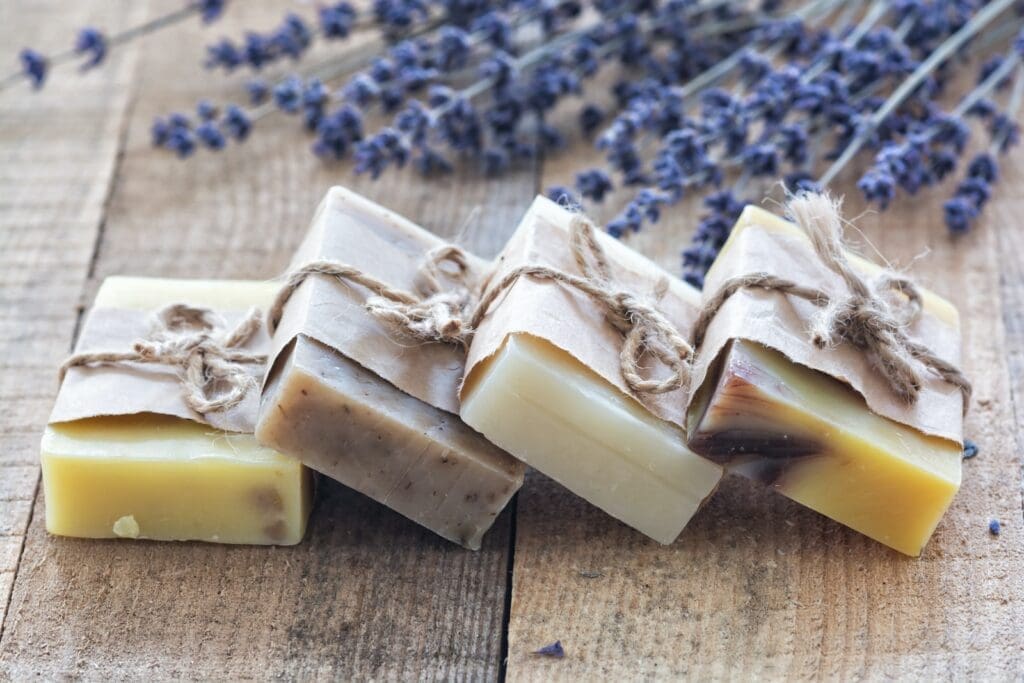
How do you store artisanal soap?
If you’ve used our recipe above, you can expect your raw milk artisanal soap to last for up to 2 years. Things that can affect your shelf life include adding botanicals or other ingredients such as essential oils that may spoil quickly. Herbs you can use to avoid your soap spoiling too soon include rosemary, lavender, and thyme.
Once your raw milk artisanal soap is hardened and ready for use, you’ll want to store it in conditions that extend its shelf life. Even if it changes color a bit, it’s likely still good for use. A tell-tale sign your soap is not safe is a rancid smell. Other red flags include a slimy or gritty feel, mold growth, and cracking or drying.
Can Borax be Used as an Ingredient in Raw Milk Artisanal Soaps?
Yes, borax can be used as an ingredient in raw milk artisanal soaps. It can act as a natural preservative and cleaning agent, while also adding to the lather and creaminess of the soap. Additionally, it can be beneficial in controlling bacteria and mold growth in the soap, using the borax ant killer technique.
Sources
- Recipe for a Healthy Gut… ncbi.nlm.nih.gov. Accessed December 12, 2023.
- Guidelines for Organic Certification of Dairy Livestock. ams.usda.gov. Accessed December 12, 2023.
- What is lye used for? medicinenet.com. Accessed December 12, 2023.
In our kitchen, we only use cultures from Cultures for Health.
Get yours here and start culturing today.
Popular Articles

Jersey Cow Milking 101: Follow These 6 Tips for a Smoother Milking Process
Newsletter
Get signed up to get latest updates and new information from the Jersey Milk Cow!
This site uses Akismet to reduce spam. Learn how your comment data is processed.

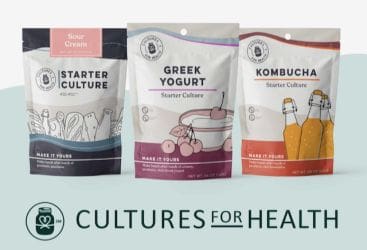


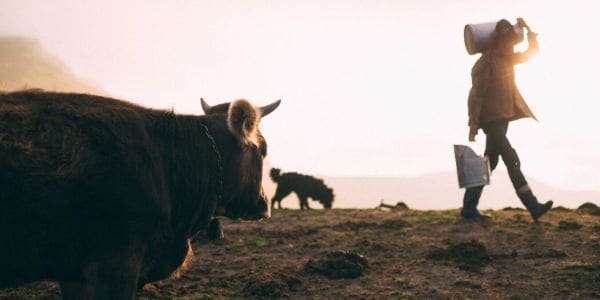
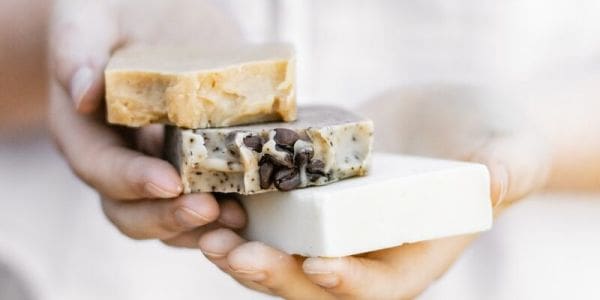





Leave a Reply